Zeiss Loxia 25mm F2.4 Distagon Review
Dustin Abbott
April 19th, 2019
The original idea behind mirrorless cameras was they would be smaller, lighter alternatives to DSLRs due to the differences in technology while providing similar levels of optical performance. As I’ve noted in many subsequent reviews this idea is often lost, as frequently lenses designed for mirrorless (like the Sony 24-70mm f/2.8 G Master) are, if anything, bigger and heavier than their DSLR counterparts. But Zeiss has managed to design an extremely compact, extremely high performance range for Sony FE (full frame mirrorless) – the Loxia series of lenses. They deliver amazing optical performance in beautifully made, tiny packages, but with a few caveats. They are expensive, for one, and perhaps more relevant for many people, they are manual focus only. The fifth release in the Loxia series is the Zeiss Loxia 25mm F2.4 Distagon. Both the focal length and the maximum aperture are a little unconventional, but the performance of the Loxia 25mm is likely to satisfy just about any photographer.
Check me out on: My Patreon | Sign Up for My Newsletter | Instagram | Facebook | Twitter | Flickr | 500px | Google+ |The 25mm focal length is only unconventional for other lens makers, as Zeiss has a number of lenses at the 25mm focal length, including an F1.4 Milvus version, an F2 Batis version, and this F2.4 Loxia variation. Each of these lenses serves a different purpose and exists for a different market. The Loxia series has a unique position for Sony mirrorless users, and that is demonstrated by the fact the Zeiss actually makes two different lenses at the 25mm focal length for Sony full frame mirrorless. Zeiss clearly sees the Loxia series and the Batis series as having two separate roles.
The Zeiss Loxia 25mm F2.4 Distagon quickly shows part of what makes the Loxia series special. You are getting all of the build quality and performance of Zeiss’ DSLR lines (like Milvus) in a much smaller, lighter (but NOT less expensive) package in the Sony E-Mount Loxia lenses. The Loxia 25mm is a beautifully compact lens, only 2.44 x 2.95″ (62 x 75 mm). Like other Loxia lenses, the Loxia 25mm has a surprisingly dense feel due to the high grade build materials (all metal and glass). It weighs more than you might expect as a result at 13.86 oz / 393 g. This quickly begs the question as to WHY more mirrorless lenses can’t be smaller – particularly when the Loxia series nicely covers the 35mm/full frame image circle. Too many mirrorless lenses are massive due to different design priorities. Some people don’t mind large lenses, but others envision mirrorless systems as being a way to achieve exceptional image quality in a compact package. Zeiss should be applauded for providing options for these photographers and also for managing to design quality optical instruments within the design constraints of keeping the Loxia lenses compact and with a commonality of design.
And that is a real strength of the Loxia line. They have been very intentionally designed to work in concert with each other. Each of the 5 lenses in the lineup (2.8/21mm, 2.4/25mm, 2/35mm, 2/50mm, and 2.4/85mm) all share a common filter size (52mm) and a roughly identical diameter. This allows them to come in a kit for filmmakers like this one, complete with a fantastic hard case:
They are also each designed with the option of quickly “declicking” the aperture (a common preference for video work as it allows one to have smooth control over the aperture iris) and they can also be quickly/easily “geared” with the Zeiss LensGear Mini due to a common diameter. This accessory allows you to quickly set them up for focus follow systems (gearing), which is the preferred focus protocol for filmmaking as it gives one complete control over focus. What I like about the LensGear compared to other systems that I’ve used is that it is completely tool less and can be very swiftly loosened or tightened by gripping the front ring and rotating it.
The ability to “declick” the aperture makes the Loxia series more useful for filmmakers, as many filmmakers prefer smooth aperture iris control to be able to change aperture values on the fly to control what is in focus or even do an “aperture rack” where one’s “vision” is increased by moving to a smaller aperture value where more is in focus. You may find that a declicked aperture is your personal preference even for stills work. This design approach clearly delineates the Loxia line’s unique positioning as lenses designed with both still and video in mind.
Even when the aperture is “clicked” there is an advantage for the Loxia series over many manual focus lenses that I’ve used. Some have detents (and thus allow you only to select) the full aperture stops (like f/2, f/2.8, f/4, f/5.6, etc…). Others might have a half stop in between some apertures. The Loxia series allows you to select aperture in one-third stops (i.e. f/2.8, f/3.2, f/3.5), which gives you more finite control over aperture. I personally find that a manual aperture ring often causes me to be more intentional about aperture and to think about it a little more. If you aren’t confident in the relationship between aperture and depth of field or light gathering, however, a manual aperture ring does preclude the ability for the camera to automatically select aperture, which might be a serious issue for you.
On the plus side, a Sony body and a manual focus lens like this is a great place to learn, as the electronic viewfinder shows you true depth of field, so you can easily see how the depth of field is impacted by the aperture that you have selected.
On that note, the Loxia series is fully manual focus, though there is no easier a place to shoot manual focus glass than a Sony mirrorless body…particularly those with Steady Shot Inside (In Body Image Stabilization). One great asset is that as soon as input is detected on the manual focus ring, the camera will automatically zoom in the portion of the image where the active focus point is (the default is the center of the frame if no other area is selected). This makes it very easy to visually confirm focus. I find that I have a near perfect “keeper rate” with MF lenses on Sony mirrorless bodies. Because the lens does have electronic contacts all EXIF data will be communicated to the camera. The lenses work exceptionally well and are some of the better examples of manual focus lenses out there, but yes, they are manual focus only.
So, if you aren’t put off by manual focus, have a Sony E-mount camera, (and have fairly deep pockets) and haven’t been turned off yet, read on, as the Loxia 25mm is a lovely lens that produces some gorgeous images.
Prefer to Watch your reviews? Check out my visually packed video review replete with some video footage captured with the Loxia 25mm as well:
Check me out on: My Patreon: | Google+: | Facebook: | Twitter: | Flickr: | 500px: | Sign Up for My Newsletter :
Zeiss Loxia 25mm F2.4 Build Quality
There is next to nothing to complain about when it comes to the build quality of the Loxia series. These are absolutely gorgeous lenses, with a classic sense of style that looks good now and will look good in 50 years. They are built to last that long, too. While the Loxia lenses are much more compact than the Milvus lenses, the build quality in no way is inferior on the Loxia series. I think there is a unique challenge for the Loxia series when it comes to price, however. A large lens seems to justify its price more than a small one, though in many ways Zeiss’ optical achievement is more impressive because that they are achieving it within such a compact package. Often you have to to compromise image quality to get a compact lens, but Zeiss has (without fail) delivered excellent optical performance from each of the Loxia series.
Take a closer look at the build, design, and features in this hands-on video breakdown:
The materials of the Loxia 25mm F2.4 are all metal and glass, with that lovely satin anodized metal finish that Zeiss does so well. Subtle blue accents (Zeiss badges and the blue of the weather sealing gasket) help to give the lens a uniquely Zeiss look. The lens hood is made of metal, and has a flocked interior. One real strength for Loxia 25mm is that the lens hood (like other Loxia lenses) reverses very tightly against the barrel body and adds almost no extra girth for storage. You can really squeeze the Loxia 25mm into some very small slots in your camera bag, and, in fact, it will even fit in a jacket pocket or a side pocket in cargo pants. The intrinsic advantage for such a lens is that the size makes it much easier to bring along. It doesn’t matter how good a lens is if it is sitting at home rather than in one’s bag. Too many photographers buy a large lens based on the marketing hype of its abilities without considering the fact (realizing) that the reality of such a large lens dictates that (over time) the lens will increasingly be left out of one’s bag due to size and weight considerations.
I love the front facade on Zeiss lenses. I like the lens designation information that is there, and, in this case, it is practical, as it does help to distinguish the lens from other lenses in the Loxia series that have a similar diameter and shape. The Loxia 21mm and 25mm (like the 35mm and 50mm lenses) are near identical in size and shape, so having that clear lens designation on the front facade is very helpful when trying to select the correct lens from one’s bag if you have more than one Loxia lens in your kit. As previously noted, like other lenses in the series it sports a 52mm filter thread in metal.
The main portion of the barrel is occupied with the ribbed focus ring. This ring also has a smooth portion with all of the distance markings. The damping on the Loxia 25mm is beautifully light and smooth – essentially perfection. The focus throw isn’t huge (about 130 degrees), but I’ve not had any issues with nailing focus at any focus distance. The excellent damping combined with the automatic zooming of the image in the viewfinder or LCD screen makes it easy to get quickly to the correct focus point and then hold it. The shot below, for example, was one taken on the move and I was able to quickly nab correct focus.
The smaller portion of the lens barrel is filled with the manual aperture ring. The total length of the lens is very, very short, and the byproduct of everything being able to rotate like this is that there is no fixed portion of the lens to grasp for mounting and unmounting. You have to grasp the lens more as a whole to be able to apply pressure to twist it free. That’s the tradeoff for having such a small lens!
At the rear of the lens you will find a metal (of course!) bayonet mount along with the gasket to help seal the lens from dust and moisture. Zeiss also notes that there are internal seals to help more fully weather seal the Loxia 25mm.
All in all, these lenses are as nicely built as anything you’ll ever find. It’s compact size in no way belies the excellence of its build. Larger lenses require you to evaluate whether or not you will actually use them on a shoot, but the Loxia 25mm is a very easy lens to throw in the bag “just in case”.
Zeiss Loxia 25mm F2.4 Image Quality
Here is where Zeiss lenses typically justify their price tag (at least for some people). Pretty much everyone agrees Zeiss glass is special; the only disagreement is whether it is special enough to validate its price tag. I suspect that people will still disagree on this after reading this section, but hopefully my tests will help bring some clarification.
I break down optical performance into two major categories: Resolution (sharpness, contrast, and longitudinal chromatic aberrations) and Rendering (Color, Bokeh, Flare Resistance, etc…)
The Loxia 25mm uses a classic Zeiss Distagon optical design, with 10 elements arranged in 8 groups.
I would encourage you to watch this video episode to get the whole story on the optical performance of the Loxia 25mm Distagon:
Loxia 25mm F2.4 Distagon Resolution
First, let’s take a quick look at the distortion and vignette. There is some mild barrel distortion that is fortunately very linear, meaning that it corrects fairly easily. There is some pronounced vignette wide open, which will be corrected either in-camera (JPEG) or through the attached profile correction in RAW files after import to your editing software. Here’s a look at the corrected/uncorrected files:
The vignette lifts somewhat by F4, though a mild amount remains through F8. Fortunately you are unlikely to ever see it unless you specifically turn off profile corrections. The profile (at least in Lightroom/ACR) does a very good job of providing very even illumination across the frame without evidence of overcorrection.Since it is unlikely that you will view the files without correction in real-world use, I will show my sharpness results with the profile enabled. I’m using a 42MP Sony a7RIII for these tests.
Wide open you will find near perfect sharpness and very good contrast in the center of the frame. Image composed in the center 2/3rds of the frame will look fantastically sharp. There is some dropoff near the edges, however, with reduced resolution and contrast.
You can see that real-world images have a lot of punch in the center 2/3rds, with that excellent Zeiss micro-contrast on full display. Stopped down the slightly more than 1/3rd stop to F2.8 provides a mild improvement in center contrast (resolution was already pretty much perfect). Edge improvement is similarly mild. Some lenses make a big jump with just a tiny stop-down, but that’s not the case here. Stopping on down to F4 shows a corner improvement to good, but not what I would call excellent. F5.6 and F8 deliver the best edge to edge performance for landscapes, with excellent sharpness across the frame. Real world landscape shots are fantastic from the Loxia 25mm due not only to strong resolution, but the great Loxia characteristics of excellent microcontrast and color rendition. Textures really pop! The shots above were at F5.6, with F8 providing a tiny improvement over this year, but one hard to detect in real-world situations. I really love Loxia lenses for landscape work, as they provide images with an extra bit of sparkle to them. Here are a few more samples:Zeiss Loxia 25mm Distagon Rendering
There’s more to a lens than just its resolution, as some lenses have a lot of sharpness but little character. The Loxia 25mm (as is true of all the Loxia lenses) is loaded with good character, providing real world images that just look better than competing lenses. The standout characteristic of Loxia glass is truly fantastic colors. The color is very consistent across the series (the glass is nicely matched), which is a great advantage if color fidelity for a certain project (be it stills or video) is required. It’s hard to top Arizona sunsets for beautiful color to begin with, but shooting them with a Loxia lens is a real treat!
I saw no issue with lateral chromatic aberrations along the edges of images, and rarely saw longitudinal CA, either. The most egregious example over my testing period was a bit of green fringing in the bokeh of this image here: The good control of chromatic aberrations is part of the secret to such excellent microcontrast, as the longitudinal chromatic aberrations tend to diminish the acutance of images by blurring edges. As you can see from the image and crop above, the Loxia 25mm does a really good job of producing very well-defined edges on subjects.While a wide angle lens with only a moderately large maximum aperture is not going to be the world’s strongest bokeh producer, I do think the bokeh quality from the Loxia 25mm is fairly nice. I didn’t see any hard edging or “nervousness” in the transition areas, and while the lens has excellent contrast it manages to not produce busy backgrounds. Bokeh rendering is subjective, so I’ll let you look at some images and determine that for yourself.
Flare resistance is very robust. I saw very mild veiling near the sun/light source and a bit of ghosting with the lens stopped down, but contrast remains strong even in extreme situations. The ten aperture blades produces a really gorgeous, well-defined sunburst effect as well. I enjoyed playing with that to compliment images: The Loxia 25mm gets very high marks for astrophotography as well. Even at F2.4 I saw little coma, with star points nice and crisp across the frame…even on the edges. Stopping down to F2.8 made a very mild improvement, but I consider the performance even at F2.4 excellent. This is definitely a lens that should be on your list for shooting the night sky if you are a Sony shooter.All in all, there is little to criticize in the optical performance from the Loxia 25mm over than less-than-impressive extreme corner performance at wider apertures. I would say that the Batis 25mm F2 is a little more consistent across the frame, but has a little less punch when stopped down compared to the Loxia. You can see more images from the Loxia by visiting the Lens Image Gallery here.
Loxia 25mm Video Performance
I recommend that you check out the video review here to see some actual visual evidence of the Loxia 25mm’s video performance, as it is somewhat hard to portray in a text article. As I noted earlier, however, the Loxia 25mm (as are all the Loxia lenses) is designed with video in mind. The standard diameter (ready for geared systems and focus follow), the ability to declick the aperture, and even the purposeful design of the shared filter threads all point to the intentional inclusion of video in the design. The consistency of color rendition across the series is another compelling reason to consider Loxia lenses for your video kit. I found the compact nature and relatively light weight made it an easy lens to balance on a motorized gimbal, and the focal length is great both in full frame or Super 35 modes to give a genuinely useful perspective. This is the kind of lens I would think most cinematographers would enjoy having in their bag.
I also used an inexpensive tool called the FocusShifter (you can catch my video review here) to aid me in nailing smooth focus pulls. That, combined with the smooth focus ring and great manual focus aids in the camera body, made doing video work a real treat with the whole Loxia series.
The great color, sharpness, and contrast of the lens (when stopped down) and the unique character of the lens (along with the near complete lack of distortion) make it a natural fit for these Sony mirrorless cameras that double as such capable vehicles for getting great video footage. I found the footage in 4K looks just great!
Conclusion
If you envisioned mirrorless cameras as being a platform where you could travel small and light while still retaining excellent image quality, then the Zeiss Loxia series is probably just what you are looking for. The Zeiss Loxia 25mm F2.4 is another beautifully unique lens in the Loxia lineup. It’s incredibly compact, wonderfully built, a genuine joy to use, and produces exceptional images. But the Loxia series (and the Loxia 25mm) is not a lens for everyone. Many photographers will note that the Zeiss Batis 25mm F2 is the exact same price ($1299 USD), and the Batis 25 offers a faster maximum aperture and autofocus. So why buy a manual focus lens instead? The best answer is that if you intend to do video work. The Loxia lenses are peerless for those that want to do both video and stills, and the focus-by-wire nature of of the Batis lenses are a liability if you want manually control focus or use a geared system. The Loxia 25mm is by far the better video option. The Batis 25mm is a little more consistently sharp across the frame at wide apertures, but the Loxia 25mm nudges in as the better lens at landscape apertures. They are both exceptional lenses, but each is made for a different clientele. I hope this review has helped you understand if you fit the profile as someone who would really benefit from using the Loxia 25mm.
Pros:
- Beautiful made and beautifully compact
- Weather sealed
- Focus ring is near perfect
- Clickless aperture option and gearing design makes it a great video lens
- Fabulous color rendering and microcontrast
- Great flare resistance
- Very low coma – a great night sky lens
- Excellent center sharpness from wide open on
- Well controlled chromatic aberrations
Cons:
- Expensive
- Edge sharpness and contrast lags behind center performance at wide apertures
- Manual everything isn’t for everyone
- Takes some practice to easily mount/unmount
Thanks to Zeiss Canada (Gentec) for the loaner!
Purchase the Zeiss Loxia 25mm F2.4 @ B&H Photo | Amazon | Amazon Canada | Amazon UK | Amazon Germany | Ebay
Sony a7R III Camera: B&H Photo | Amazon | Amazon.ca | Amazon UK | Ebay
Peak Design Slide Lite: Peak Design Store | B&H Photo | Amazon | Amazon Canada | Amazon UK
Sony a6500: B&H Photo | Amazon | Amazon.ca | Amazon UK | Ebay
Peak Design Leash Strap: Peak Design Store | B&H Photo | Amazon | Amazon Canada | Amazon UK
BenQ SW271 4K Photo Editing Monitor – B&H Photo | Amazon | Amazon.ca | Amazon UK
Adobe Photoshop Creative Cloud 1-Year Subscription
Alien Skin Exposure X4 (Use Code “dustinabbott” to get 10% anything and everything)
Visit Dustin’s Amazon Storefront and see his favorite gear

Purchasing your gear through B&H and these links helps fund this website and keeps the articles coming. You can also make a donation here if you would like. Visit my Amazon page for some of my gear of choice! Thank you for your support.
Great News! I can now offer a 5% discount on all purchases at Amplis Foto, Canada’s Leading Photographic Supplier. Please enter discount code: AMPLIS52018DA in your cart. It is good for everything in your cart, and is stackable with other coupons, too! It will take 5% off your entire order! Proceeds go towards keeping this site going and providing you with new reviews!
Check me out on: My Patreon | Sign Up for My Newsletter | Instagram | Facebook | Twitter | Flickr | 500px | Google+ |
Use Code “DUSTINHDR” to get $10 off ($15 CDN) any Skylum product: Luminar, Aurora, or AirMagic
Keywords: Zeiss Loxia, Loxia 25mm, Zeiss 25mm, Zeiss Loxia 25mm, Loxia 25mm f/2.4, Loxia 25mm F2.4, Loxia Review, Zeiss Loxia Review, Loxia 25 Review, Loxia 25mm Review, Dustin Abbott, Carl Zeiss, loxia2425, Zeiss, Loxia, 25mm, F2.4, f/2.4, Distagon, Review, Hands On, Comparison, Test, Sharpness, Distortion, Chromatic Aberration, CA, Video Test, Declick, Video, Sample Images, Coma
DISCLAIMER: This article and description contains affiliate links, which means that if you click on one of the product links, I’ll receive a small commission. As an Amazon Associate I earn from qualifying purchases.











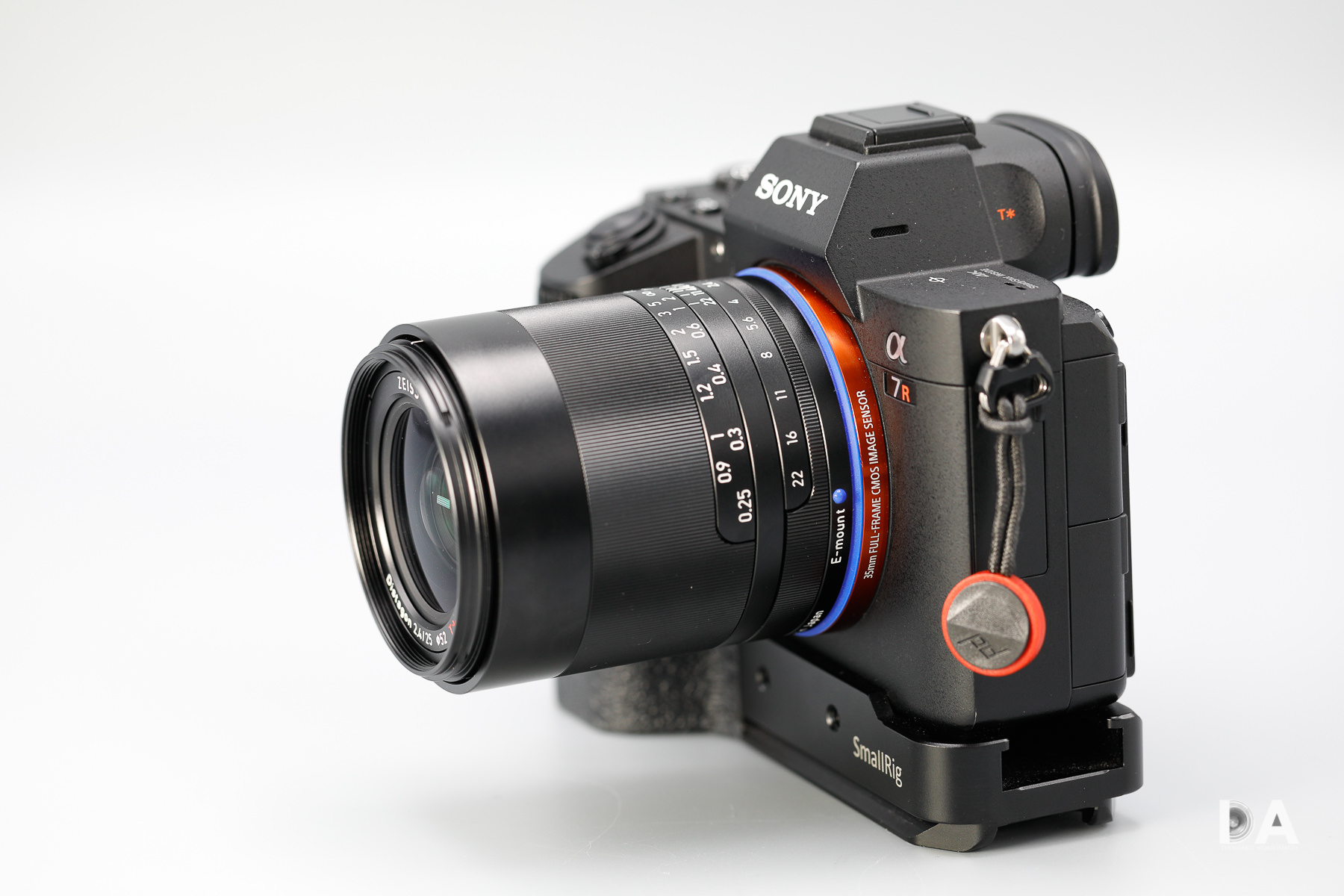
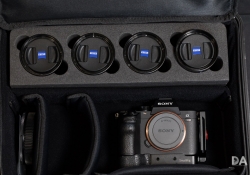
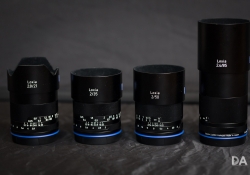


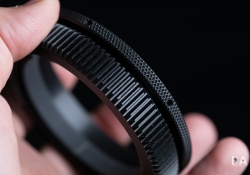

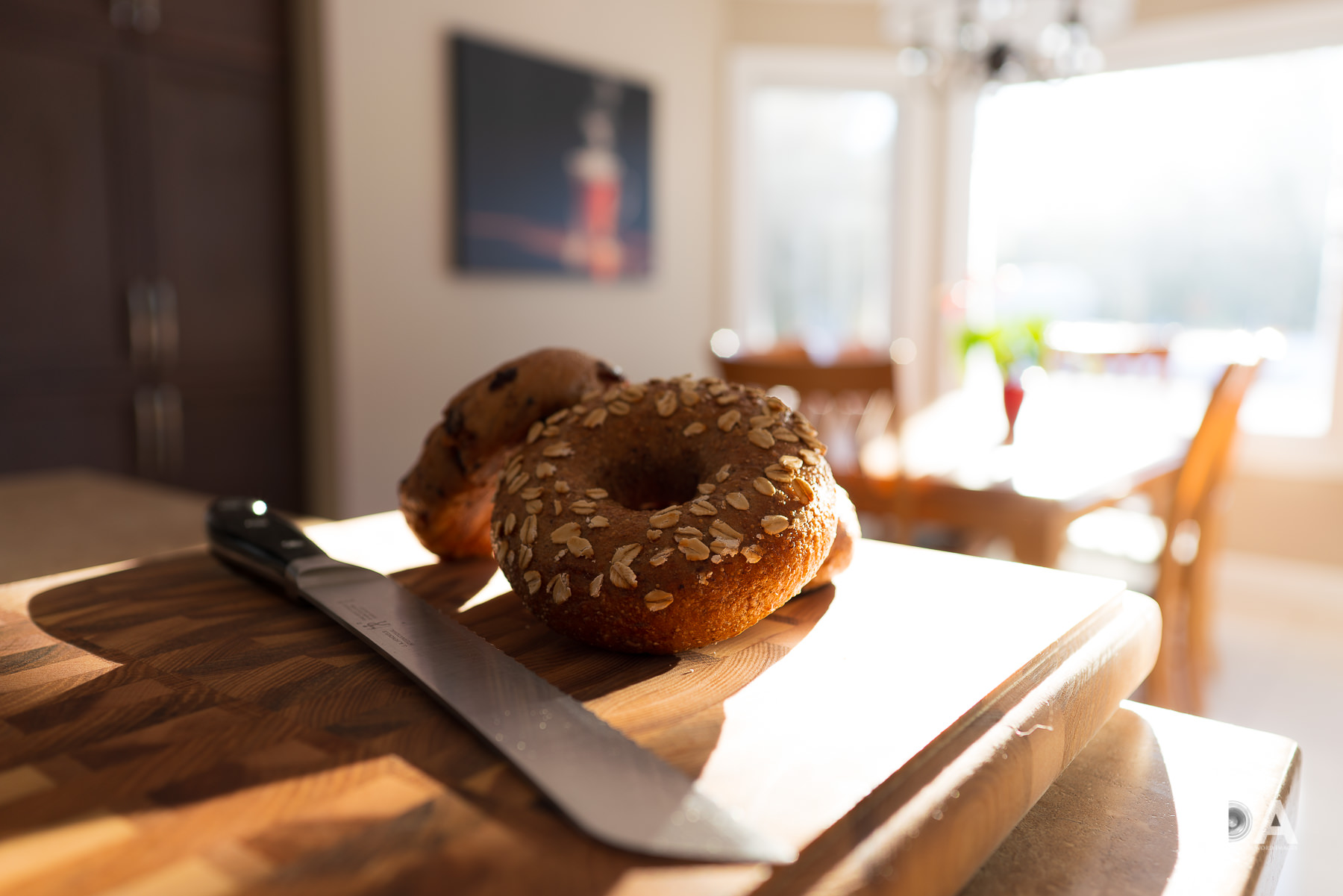


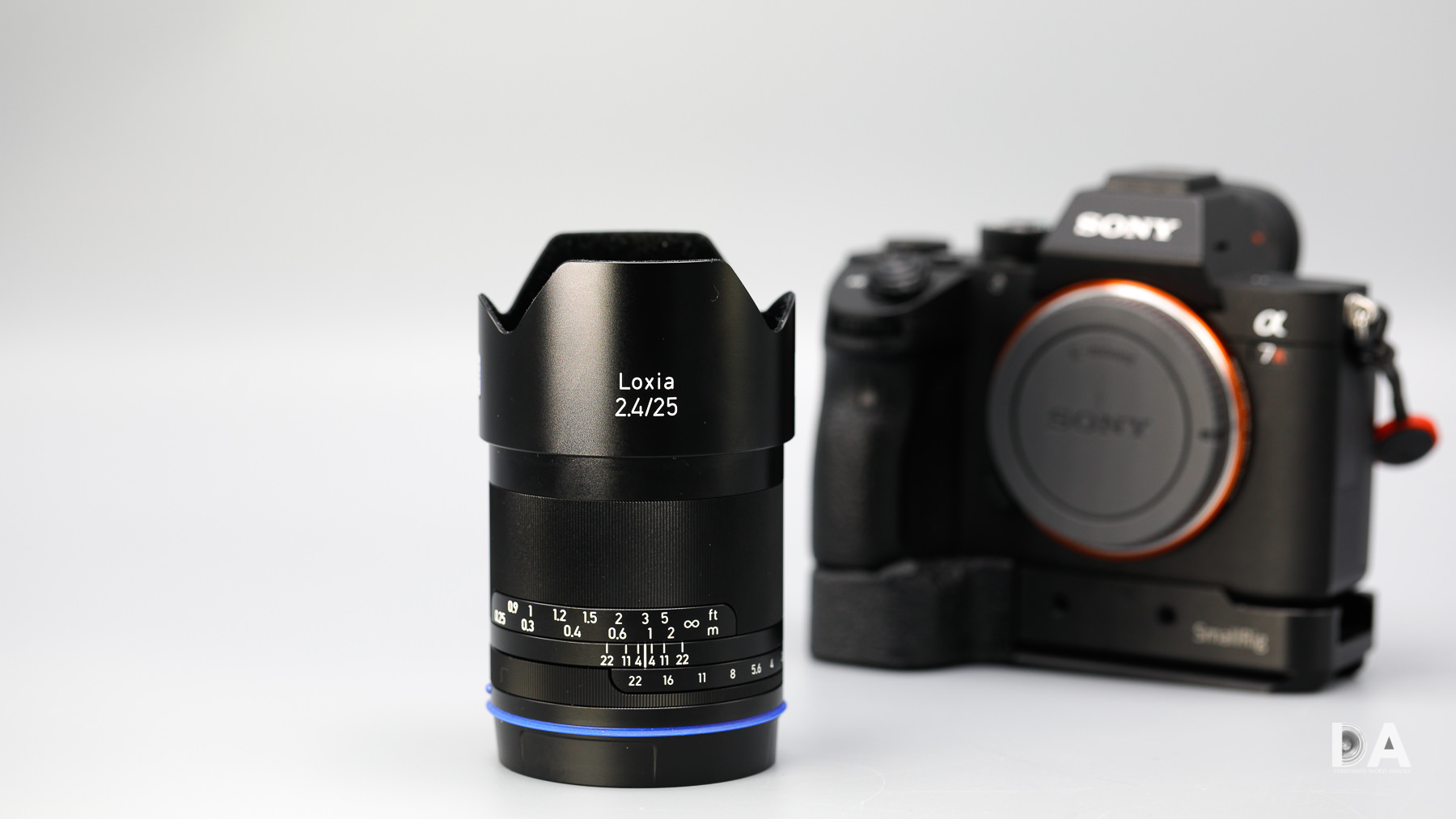
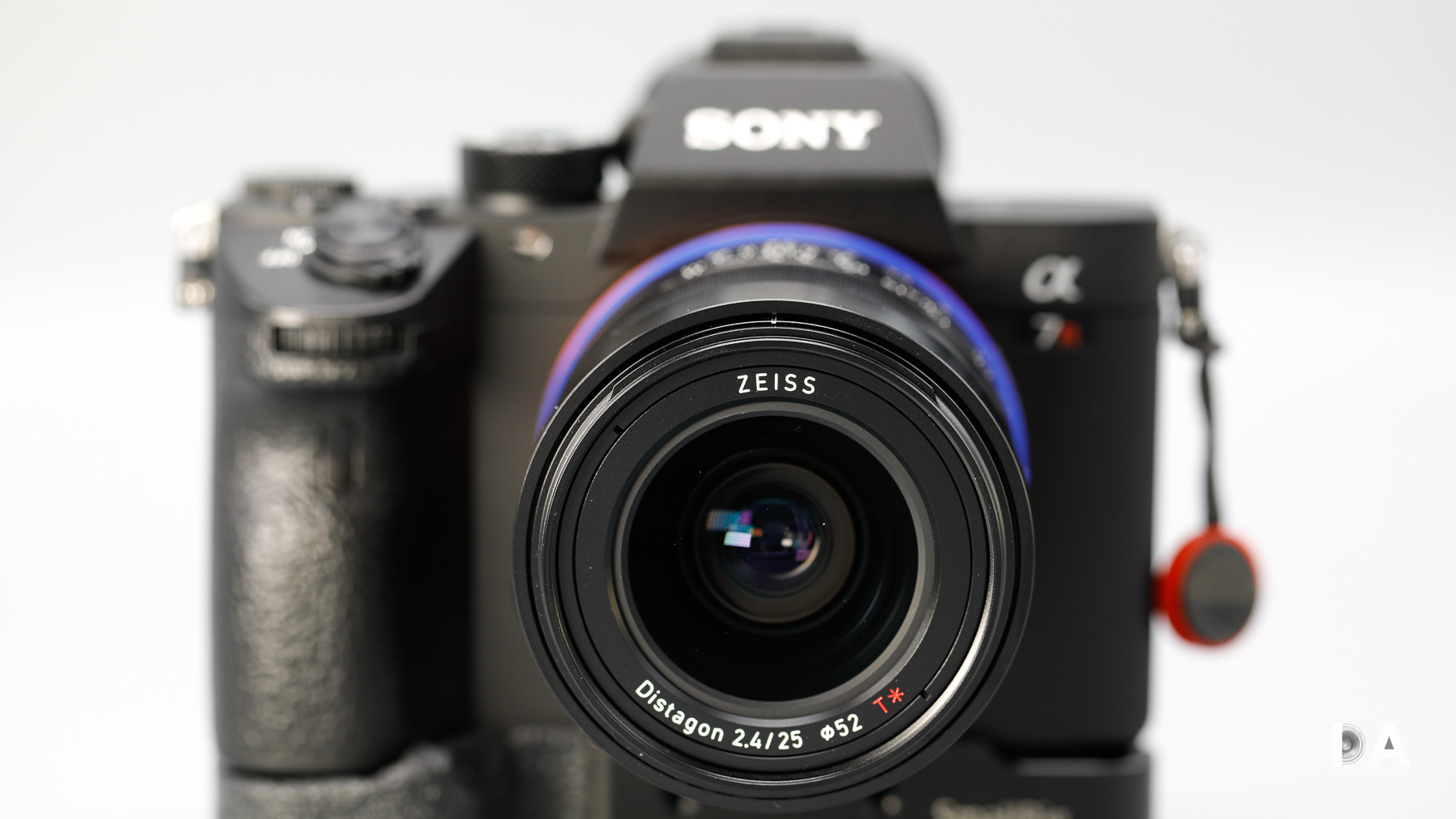

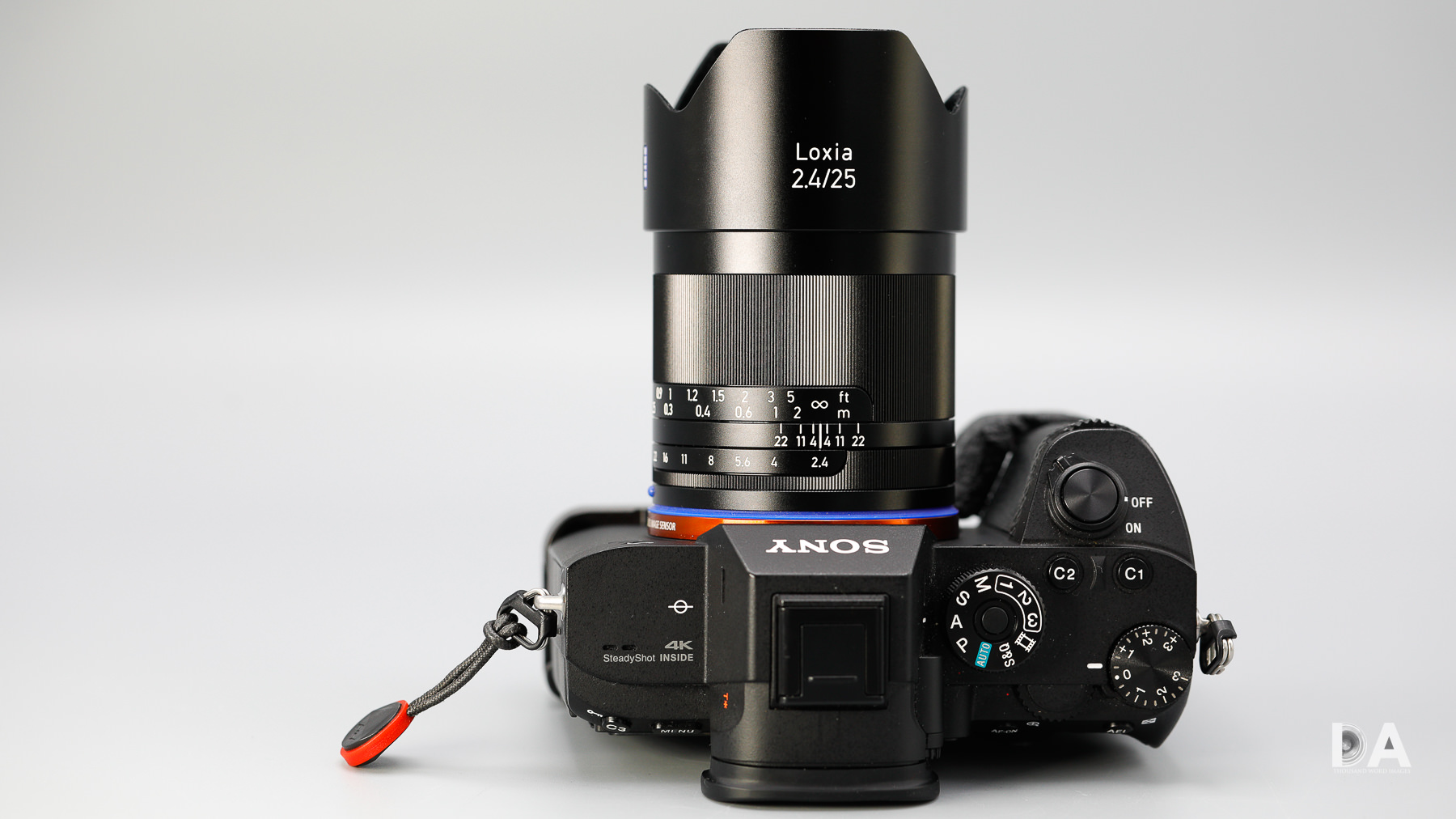
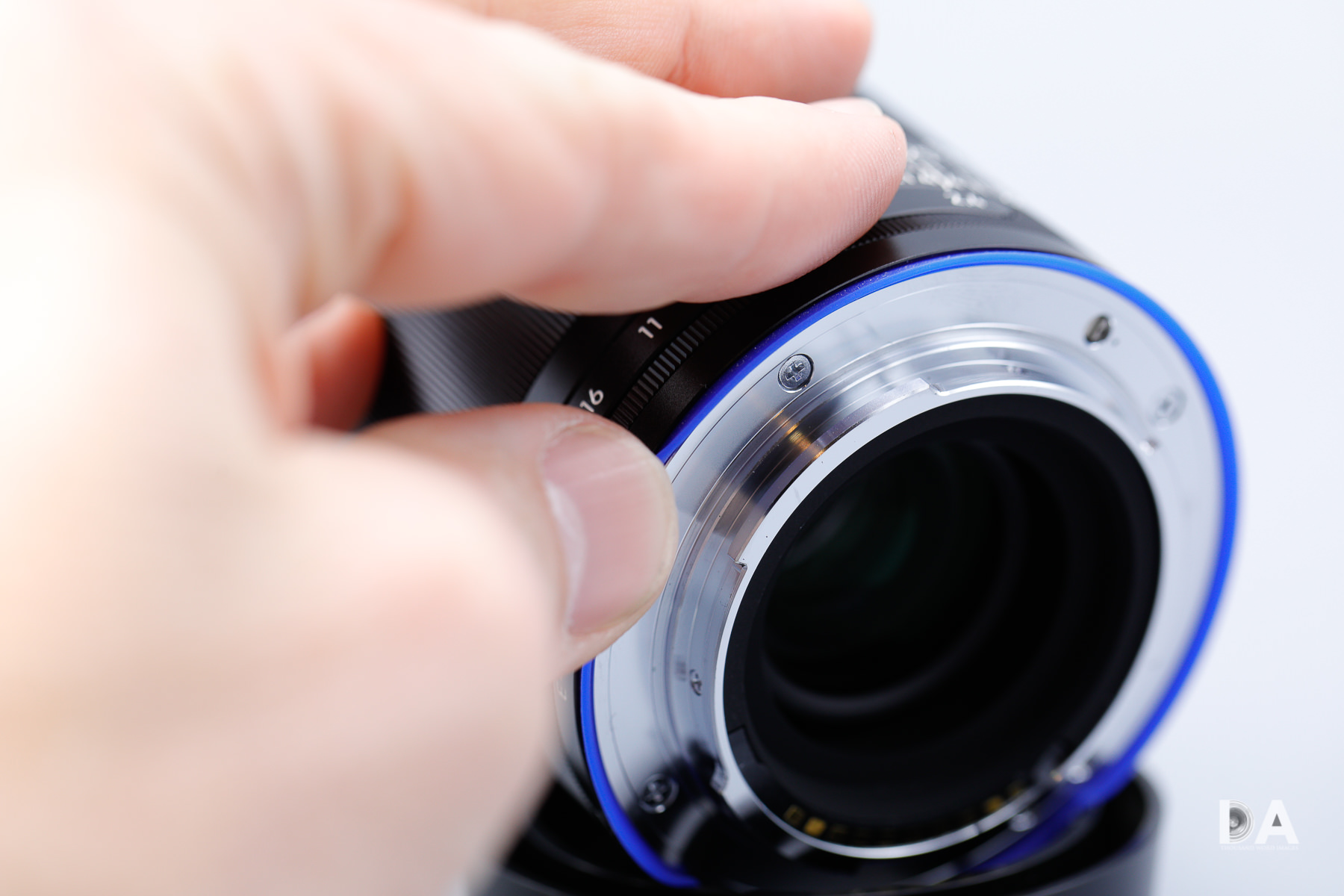
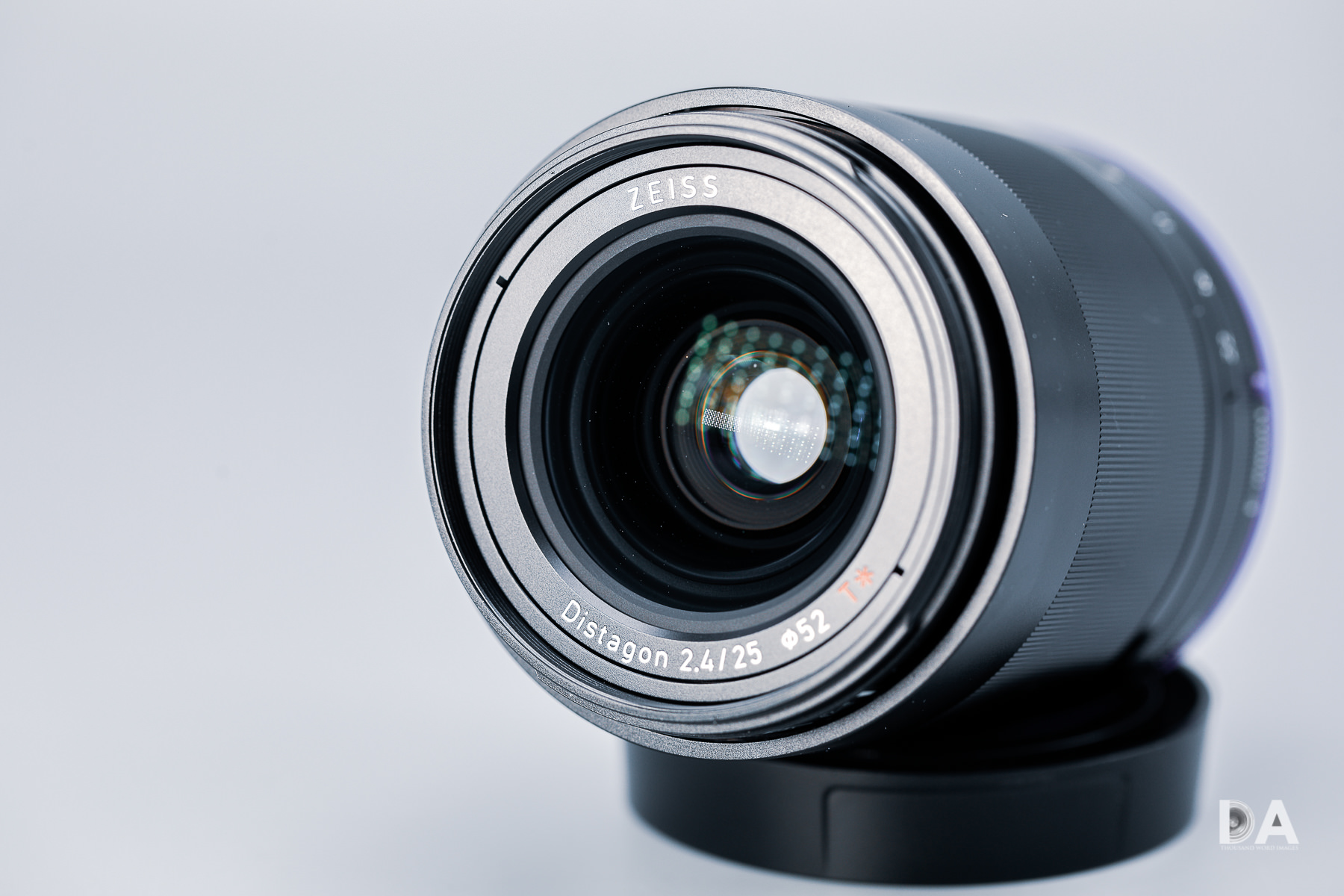
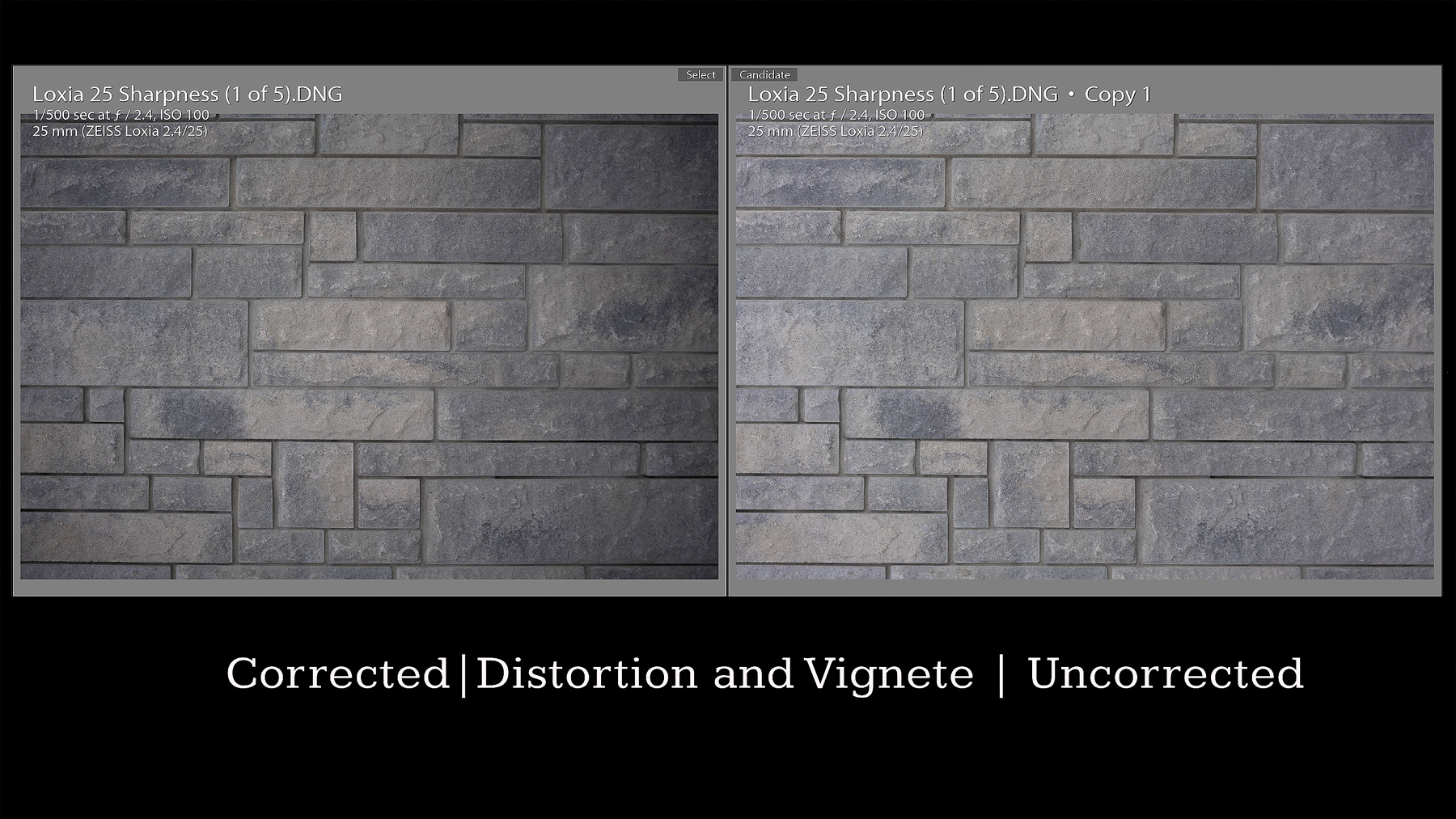
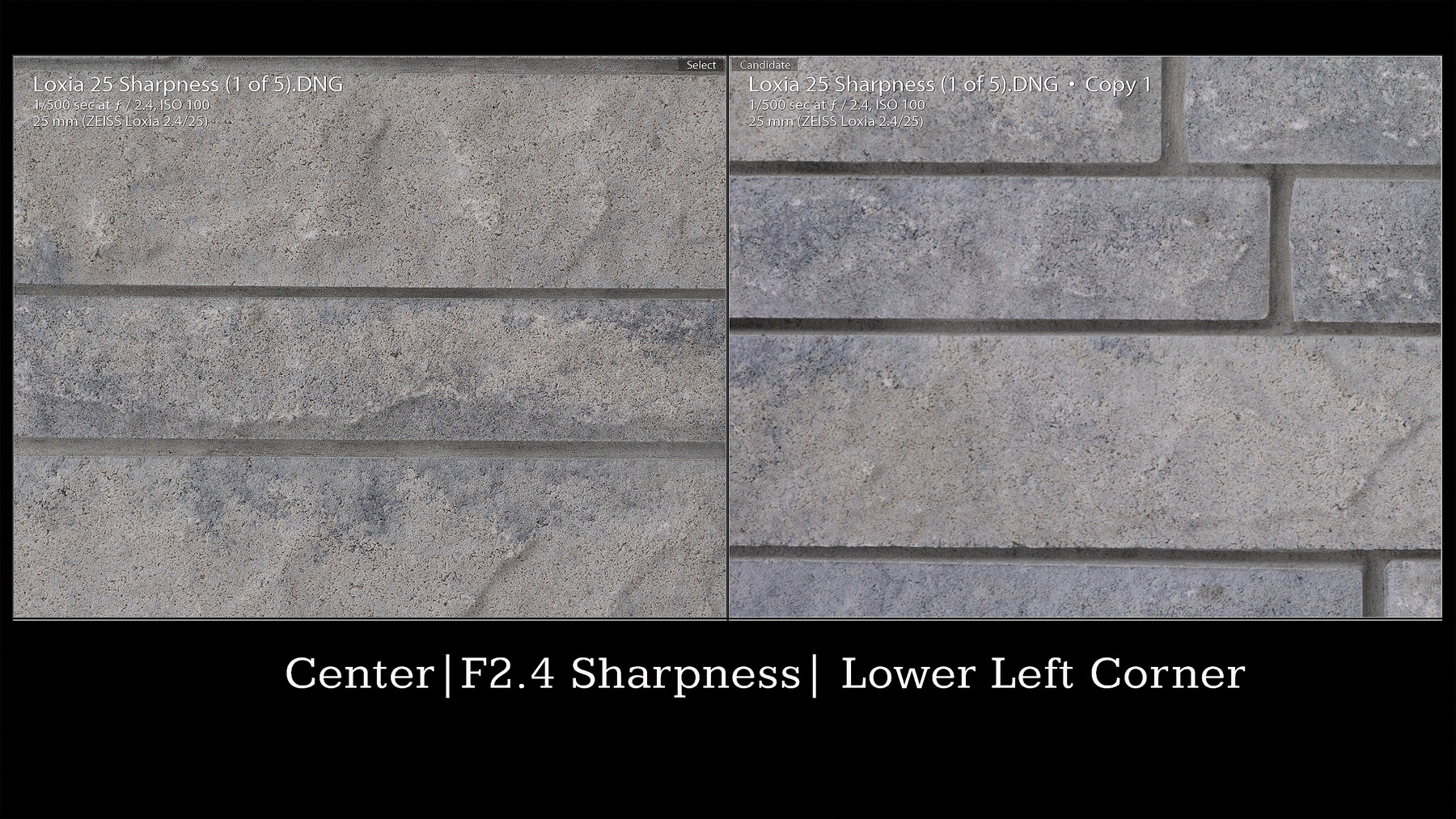
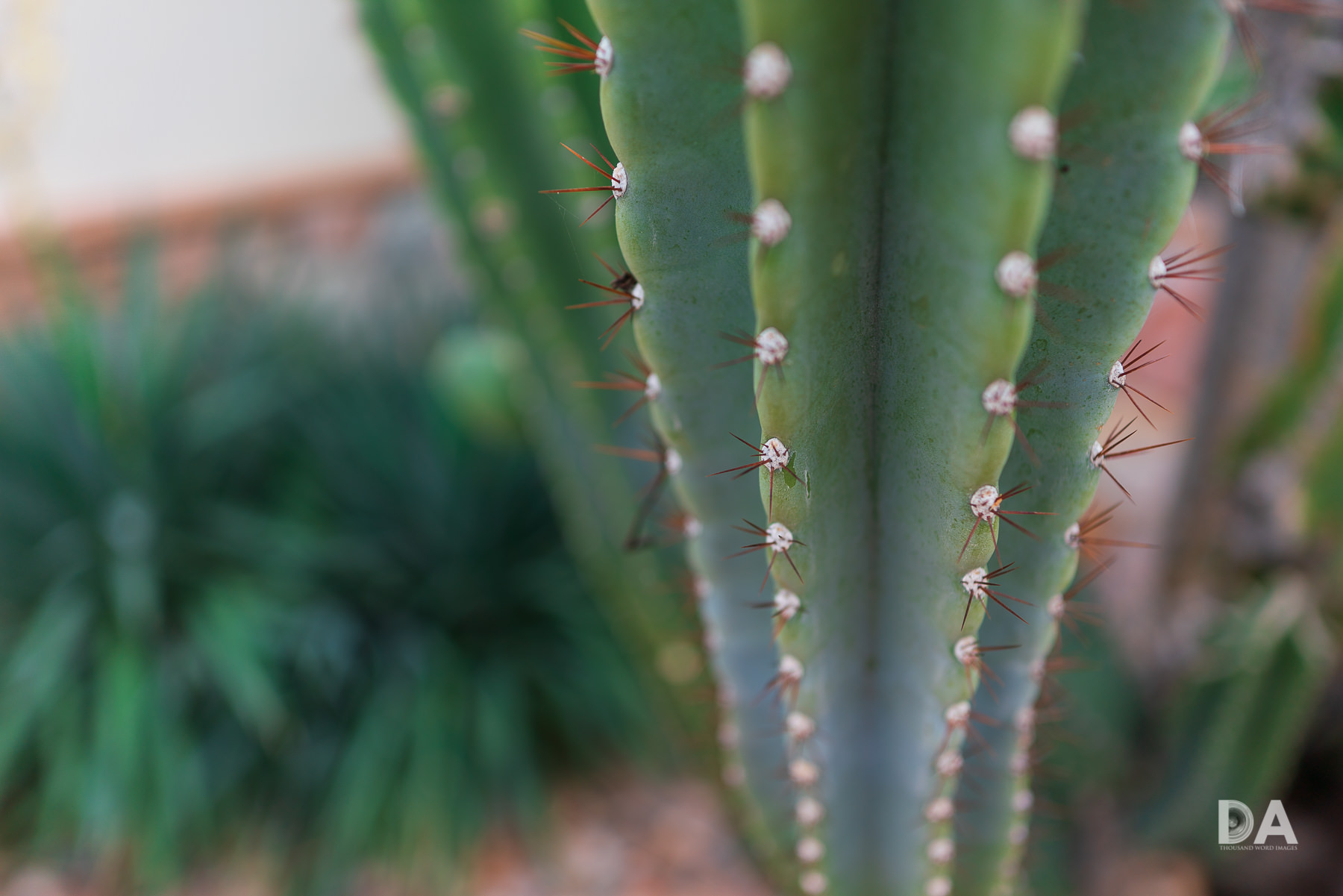
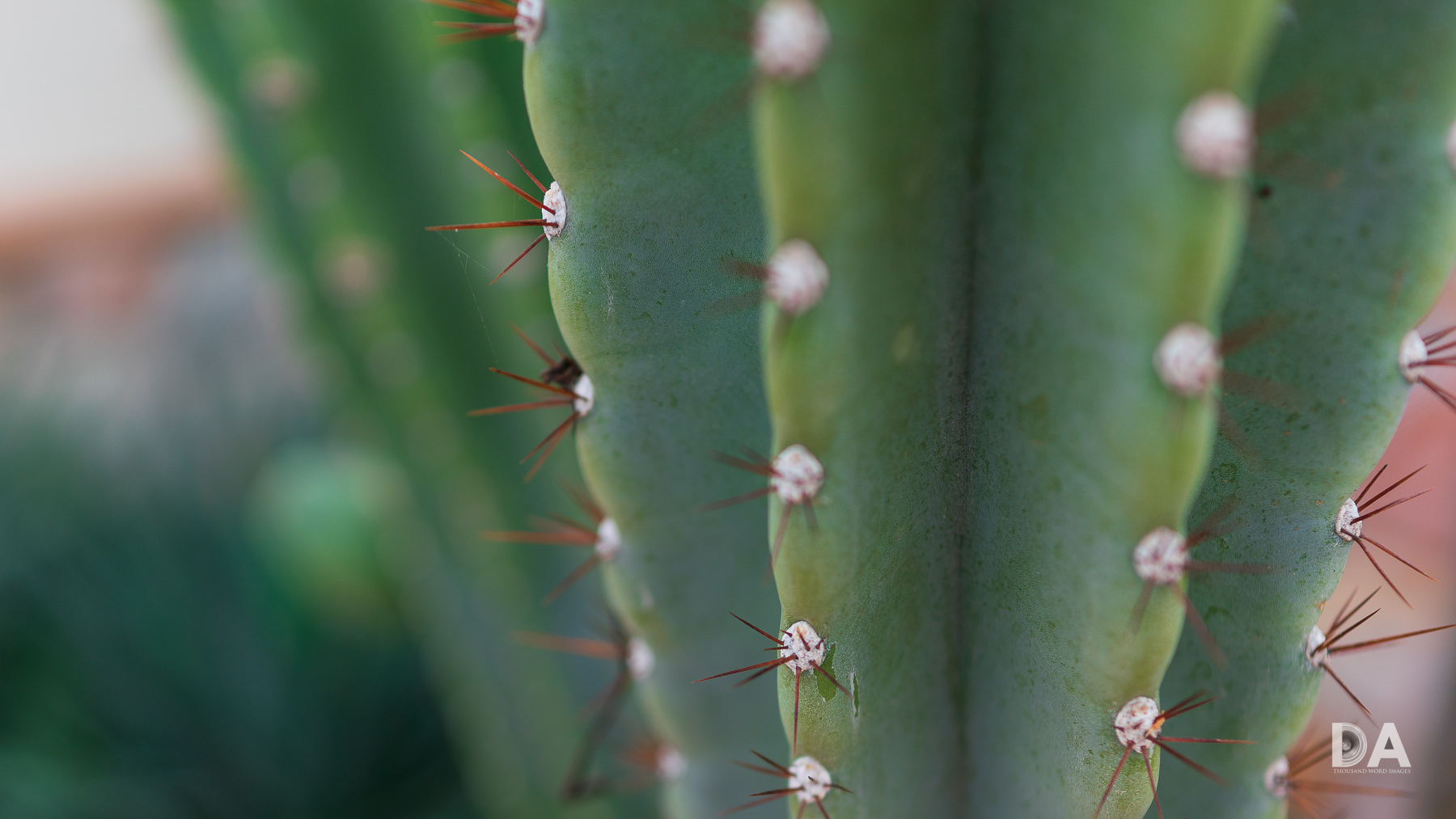

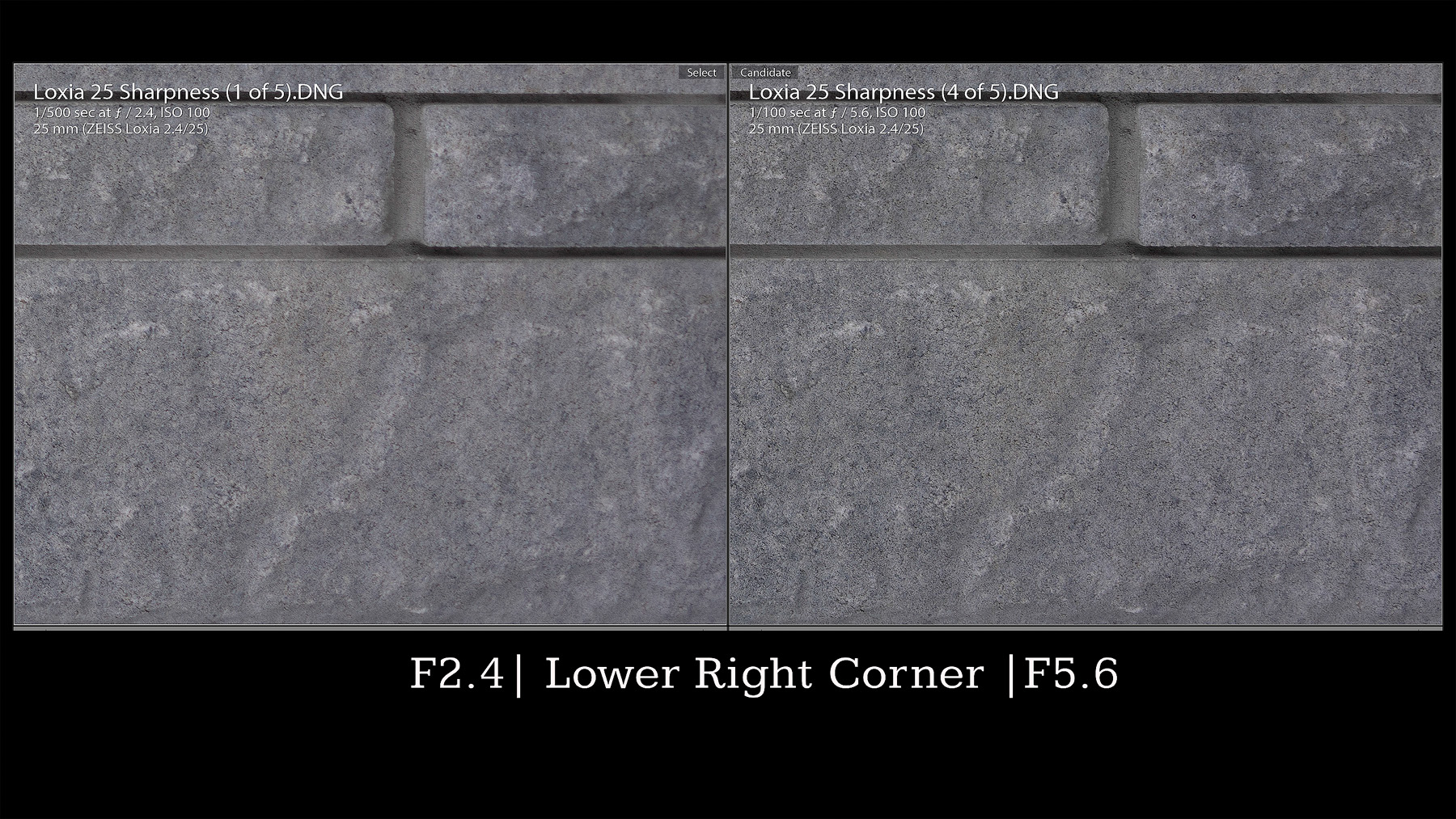
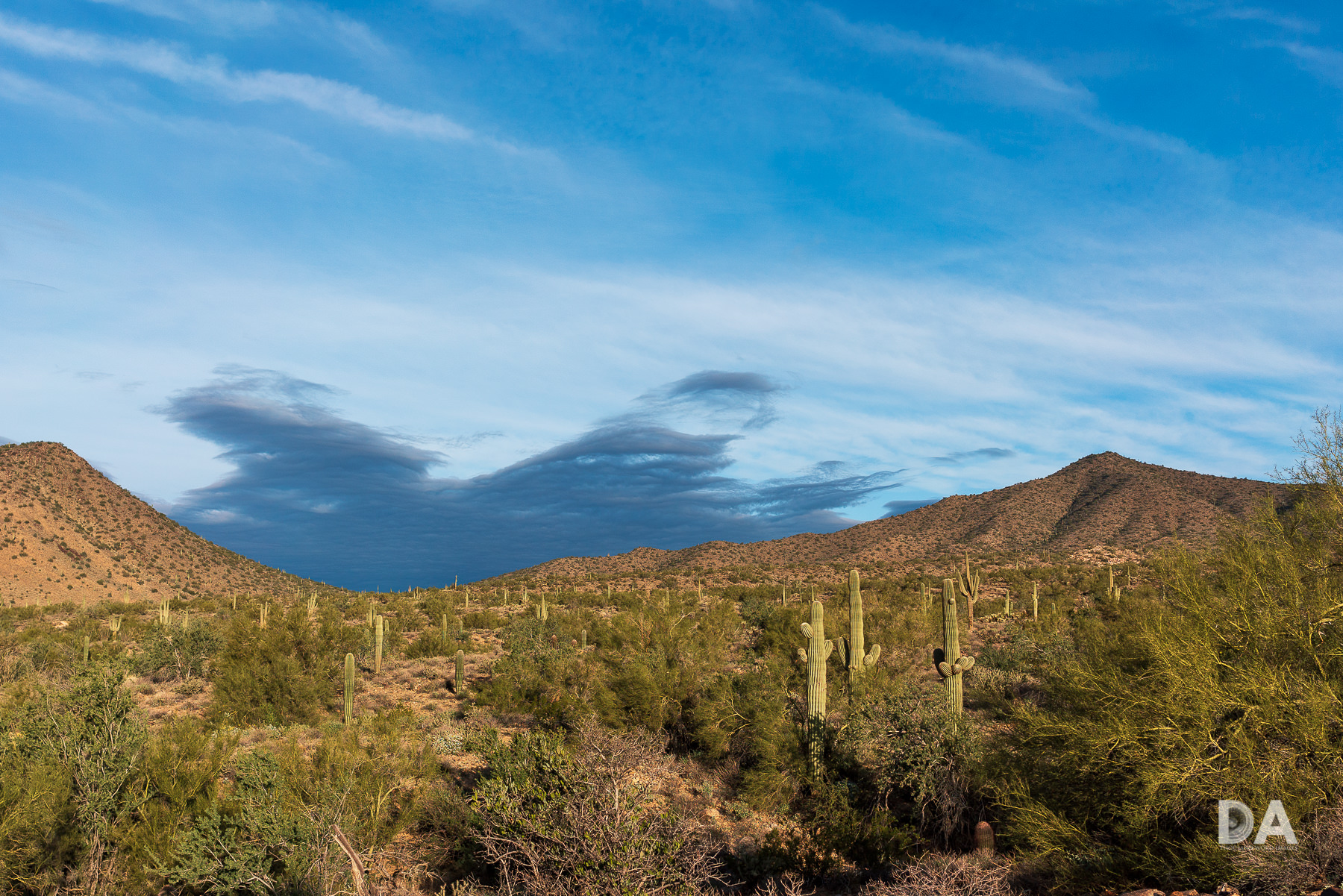
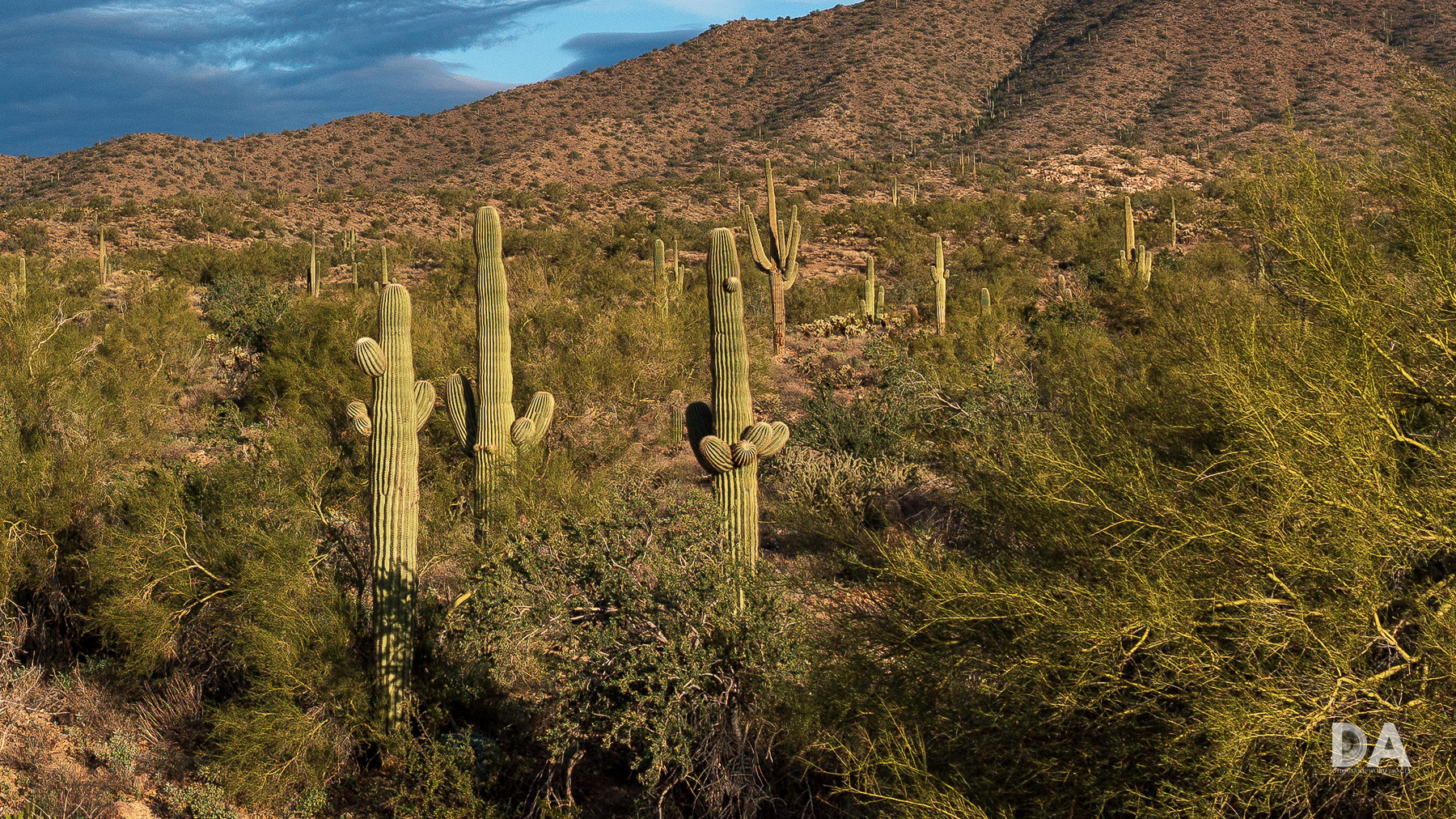

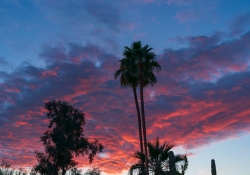


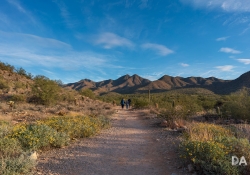




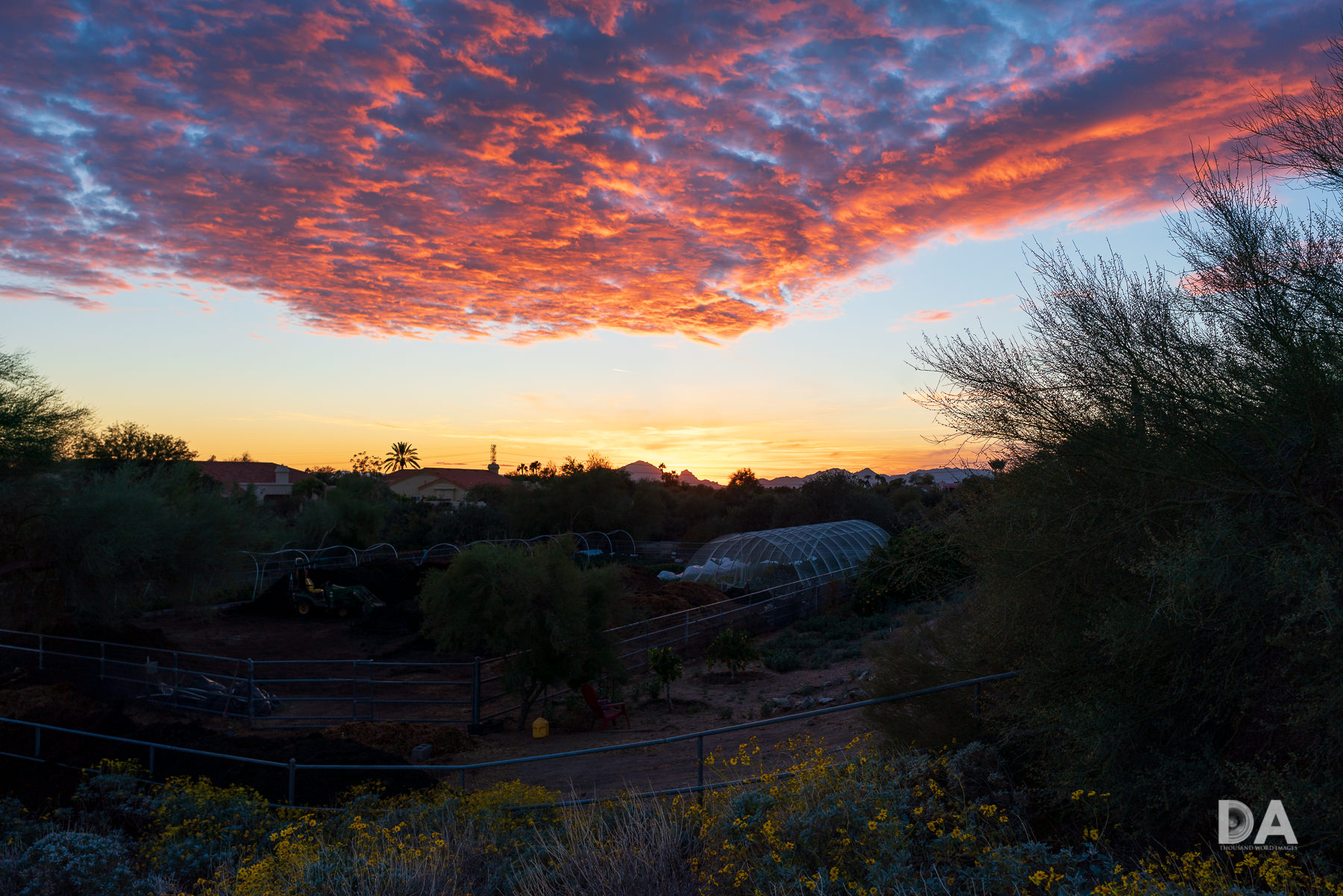
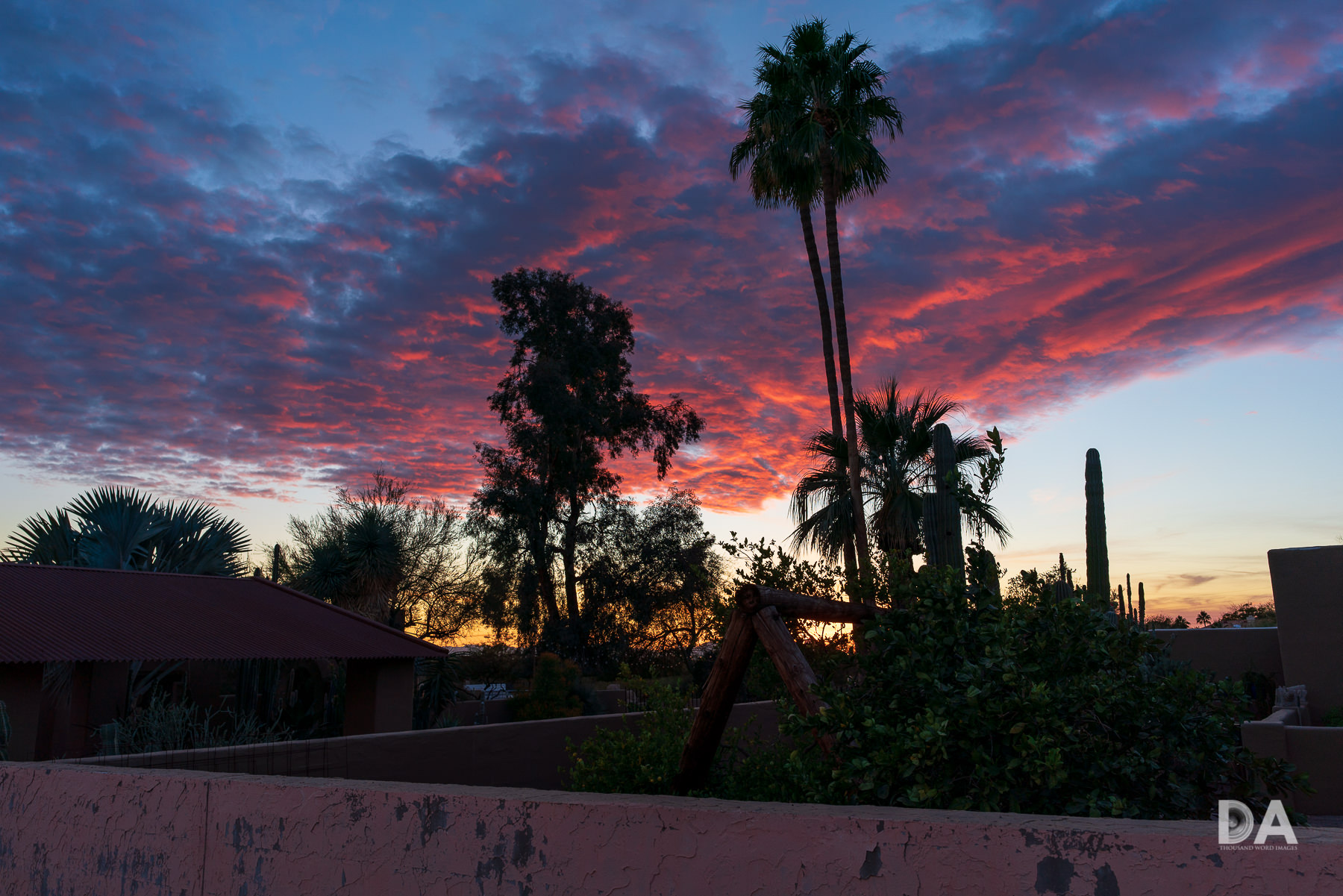
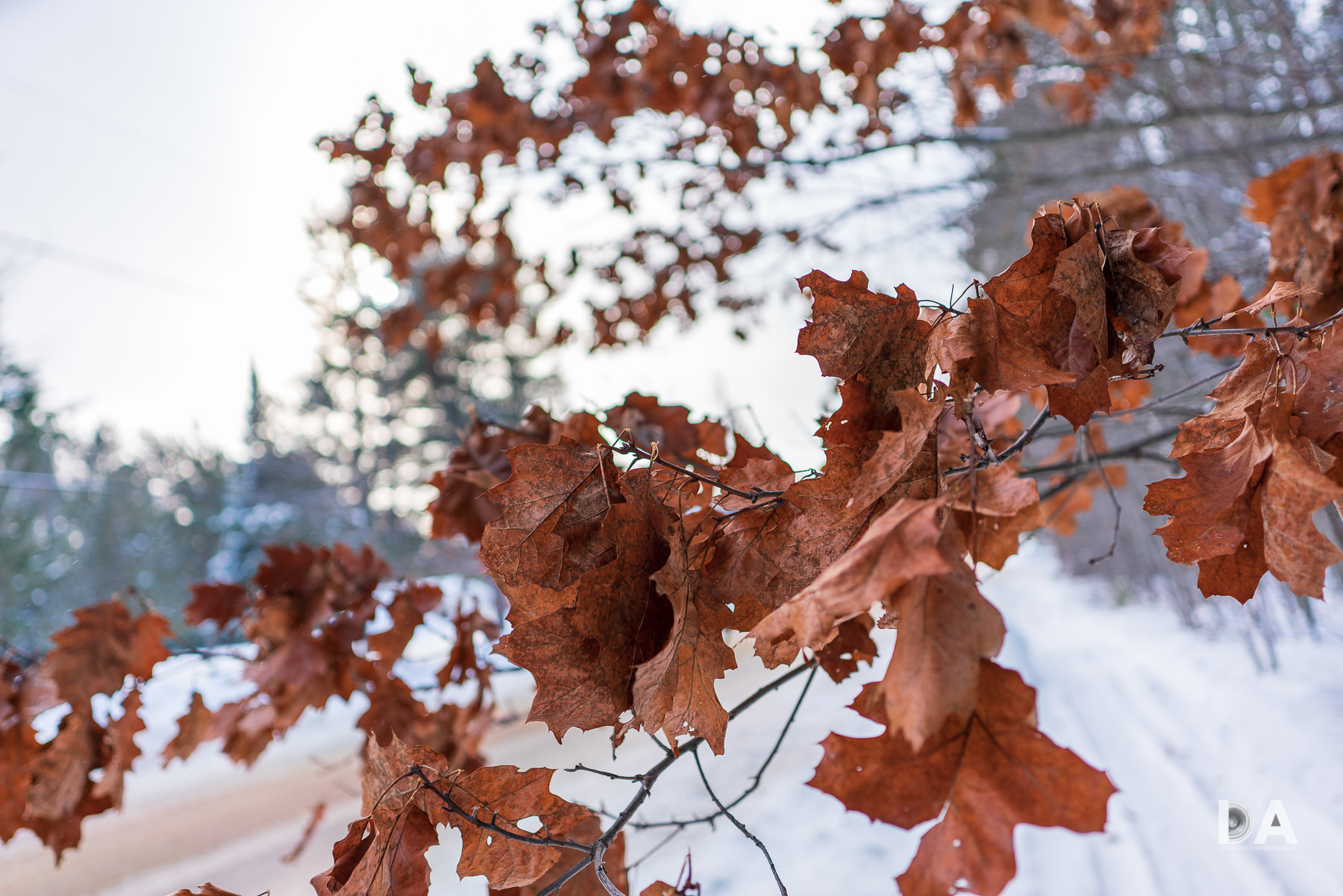
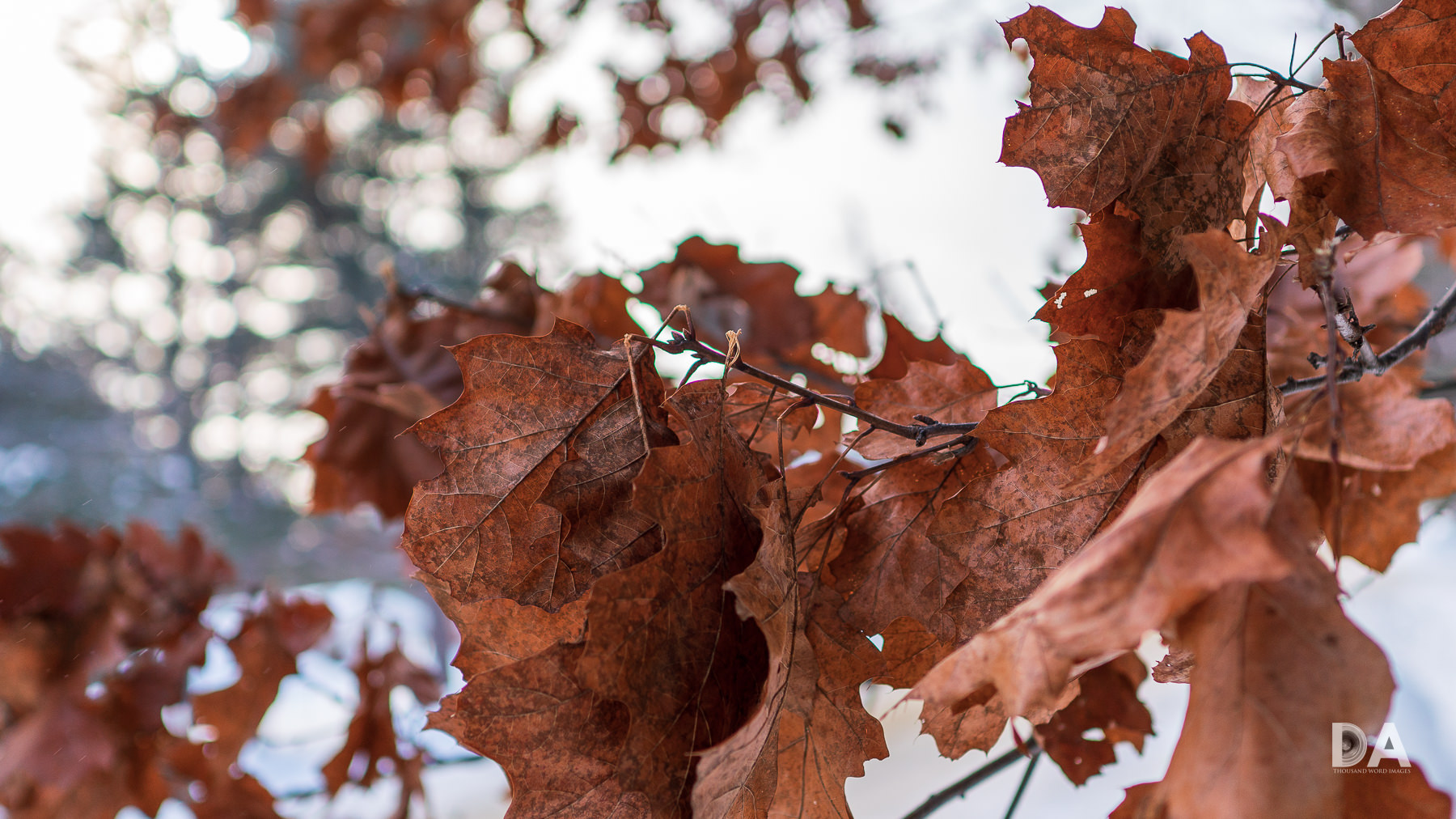
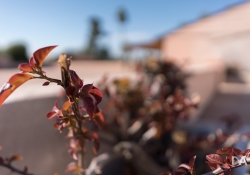



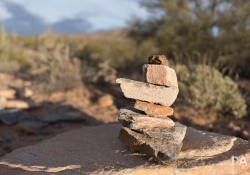

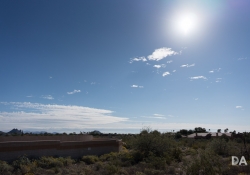
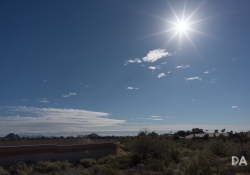
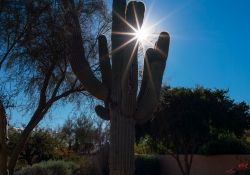



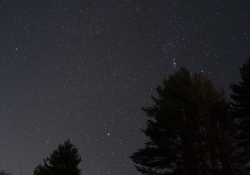
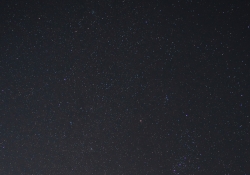

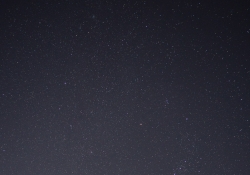

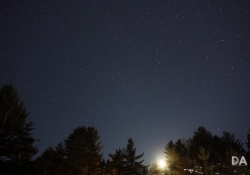
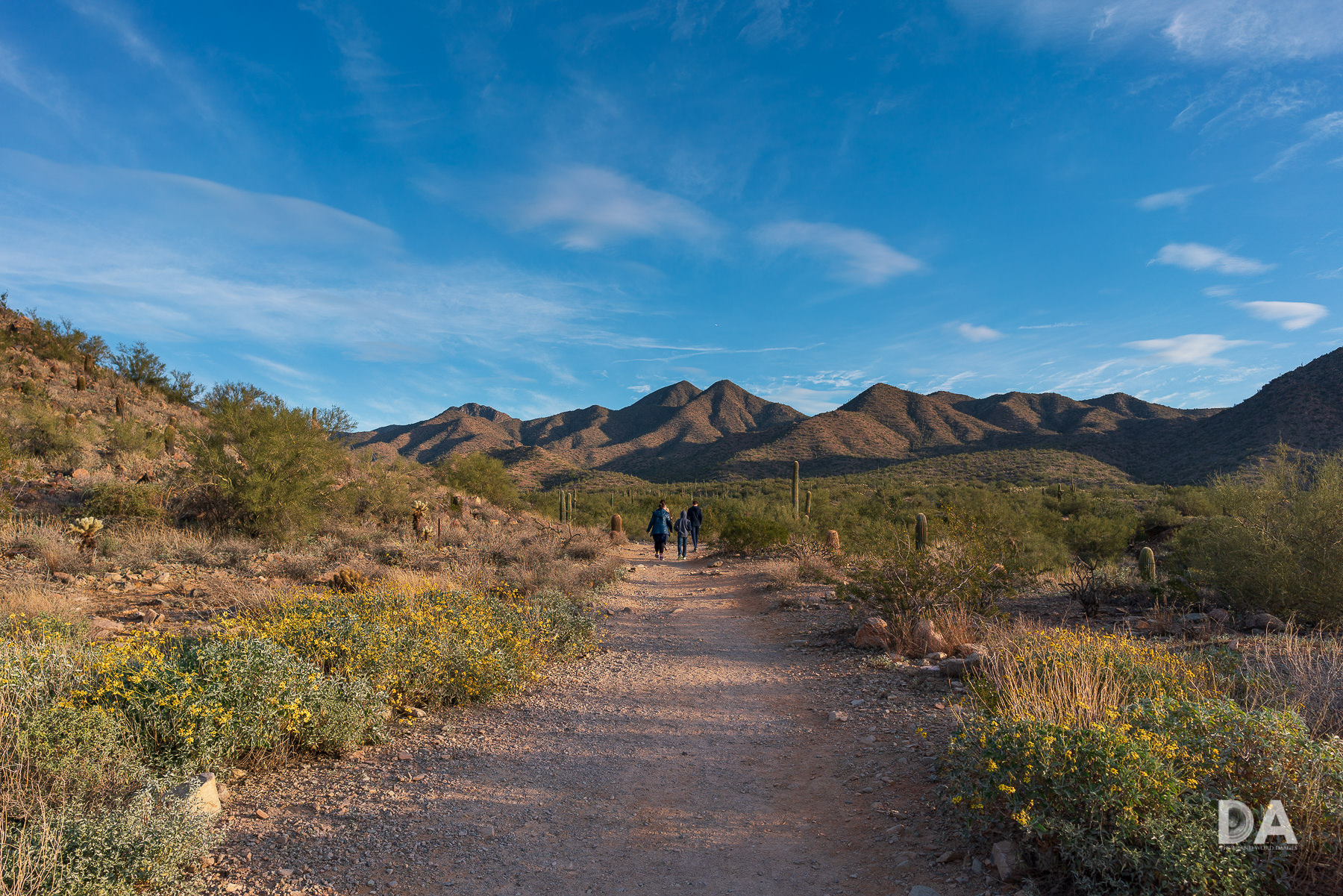




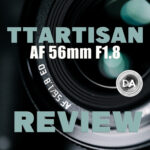 TTArtisan AF 56mm F1.8 X-mount Review
TTArtisan AF 56mm F1.8 X-mount Review 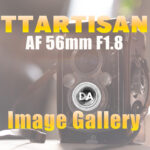 TTArtisan AF 56mm F1.8 Gallery
TTArtisan AF 56mm F1.8 Gallery  Canon EOS R8 Review
Canon EOS R8 Review 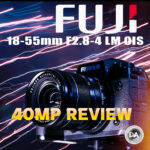 Fujinon XF 18-55mm F2.8-4 LM OIS 40MP 2024 Review
Fujinon XF 18-55mm F2.8-4 LM OIS 40MP 2024 Review 





One thought on “Zeiss Loxia 25mm F2.4 Distagon Review”